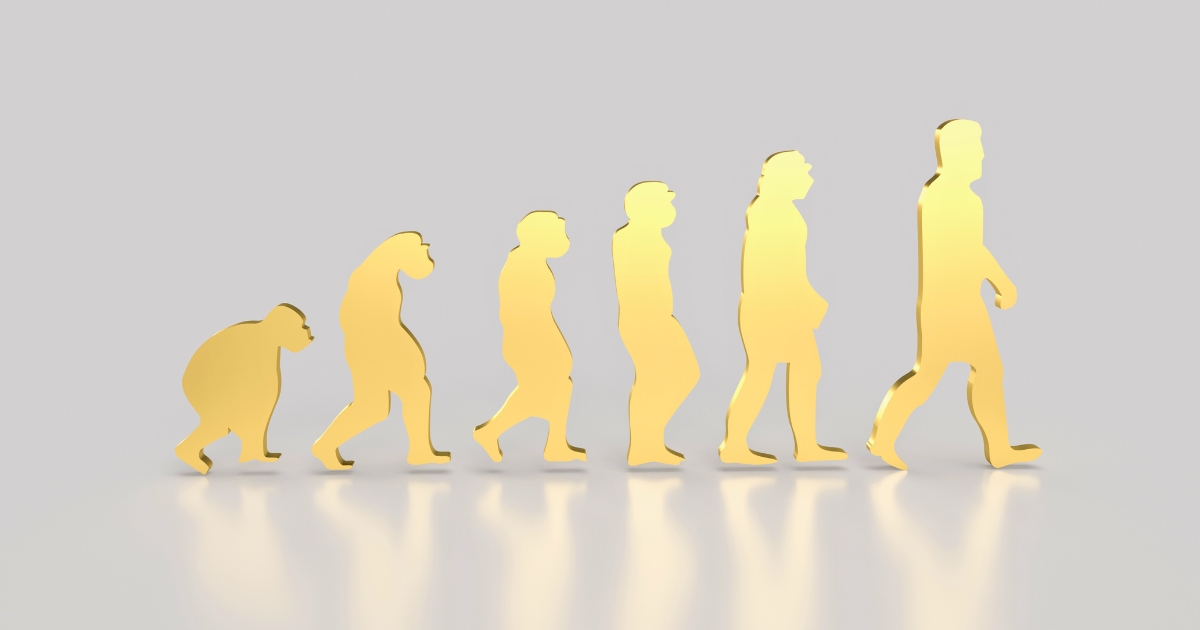What is Evolution?
Evolution is the gradual change in the characteristics of living organisms over generations. These changes occur due to slight differences in the genetic information (DNA) passed down from parents to offspring. Genes, the units that make up DNA, carry this genetic information. These genetic changes can lead to the emergence of entirely new traits in organisms or allow organisms better adapted to their environment to leave behind more offspring.
Mechanisms of Evolution
The primary drivers of evolution are two mechanisms: natural selection and genetic drift.
Natural Selection:
In a given environment, when organisms with specific traits have a survival or reproductive advantage over others, those traits are more likely to be passed on to the next generation. The long necks of giraffes are thought to have evolved because individuals that could reach leaves high up in trees were more likely to survive.
Genetic Drift:
This is the random change in the frequency of genes within a population. It includes “neutral evolution,” where neutral mutations that neither benefit nor harm an organism’s survival or reproduction spread randomly within a population. The effects of genetic drift are more significant in smaller populations, where specific genes may become fixed by chance.
These mechanisms, repeated over long periods, can lead to the emergence of new species. For example, Darwin’s finches in the Galapagos Islands have evolved into multiple species with different beak shapes. This is thought to be the result of beak shape evolution to adapt to different food sources on each island.
Scales of Evolution
Evolution can be viewed on different scales: microevolution and macroevolution.
Microevolution:
Refers to the gradual change in traits within a species due to genetic changes.
Macroevolution:
Refers to large-scale changes that occur over long periods as microevolution accumulates, leading to the emergence of new species or major groups of organisms (e.g., mammals, birds).
The History of Evolution
The concept of evolution became widely known through Charles Darwin’s book, “On the Origin of Species,” published in 1859. Darwin proposed the idea that living organisms have evolved from a common ancestor based on his observations of the diversity of life and studies of fossils from around the world.
Darwin’s theory of evolution has been supported by subsequent research and remains a fundamental principle in modern biology. For instance, comparing the DNA of different organisms has allowed us to investigate the history of evolution in greater detail.
Evidence for Evolution
Evidence for evolution comes from various fields:
Fossil Record:
Fossils of bones, shells, and other remains of past organisms provide direct evidence of the history of evolution.
Anatomy:
When different species share similar basic body structures, it suggests they evolved from a common ancestor. For example, the bone structures of human arms, bat wings, and whale flippers are remarkably similar.
DNA Comparison:
Comparing the DNA of different species reveals that the more closely related they are evolutionarily, the more similar their DNA sequences.
Modern Perspectives on Evolution
Evolution is not just a past event but an ongoing process. For example, the development of drug resistance in pathogens is an example of evolution in action. Additionally, the rate of evolution is not constant and can vary significantly due to environmental changes and other factors.
Evolutionary biology aims to unravel the mechanisms of evolution and apply this knowledge to fields such as medicine and agriculture.
Conclusion
Evolution is the driving force behind the diversity of life, and we humans are also products of evolution. Understanding evolution not only helps us unravel the mysteries of life but also holds significant implications for considering our own future.

